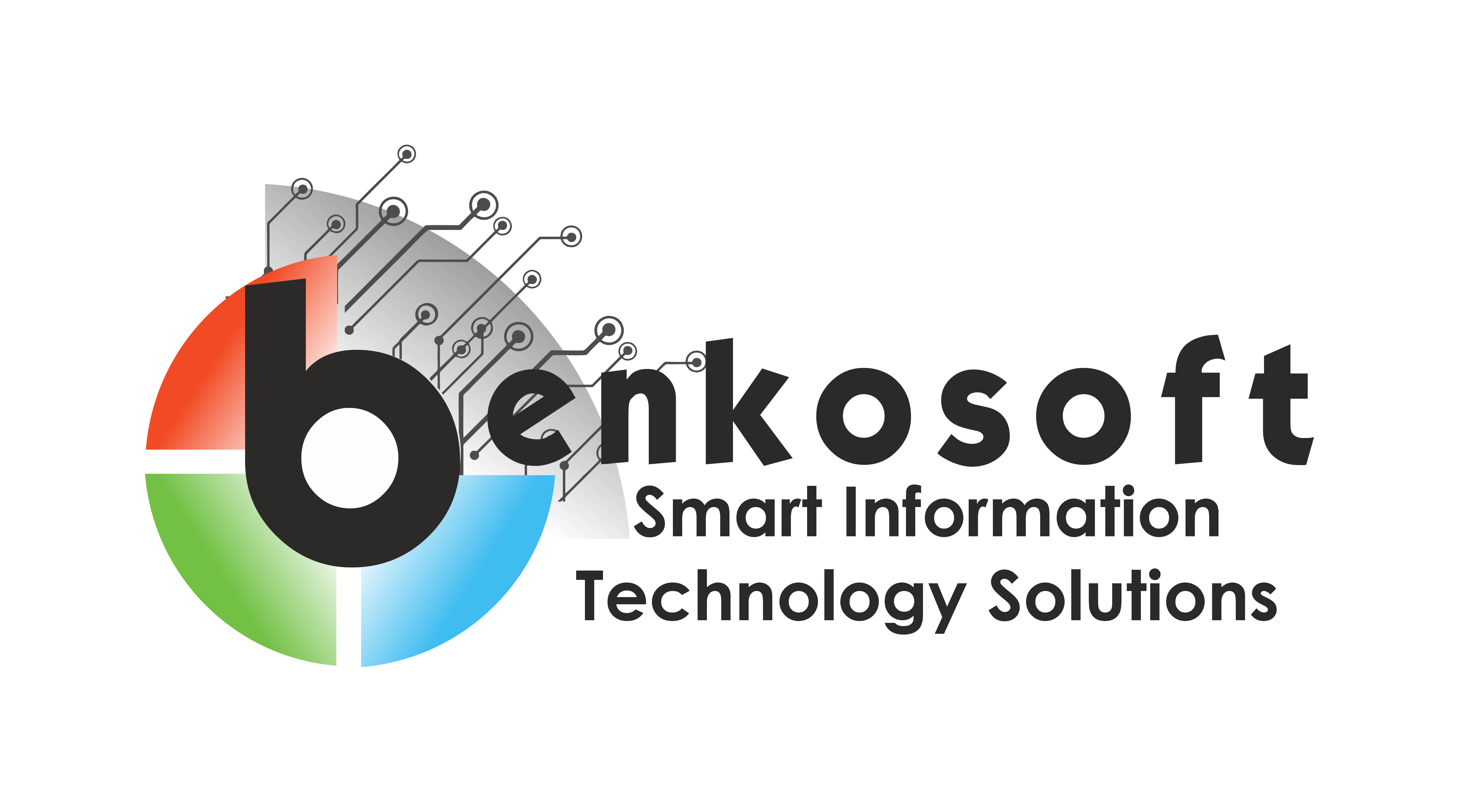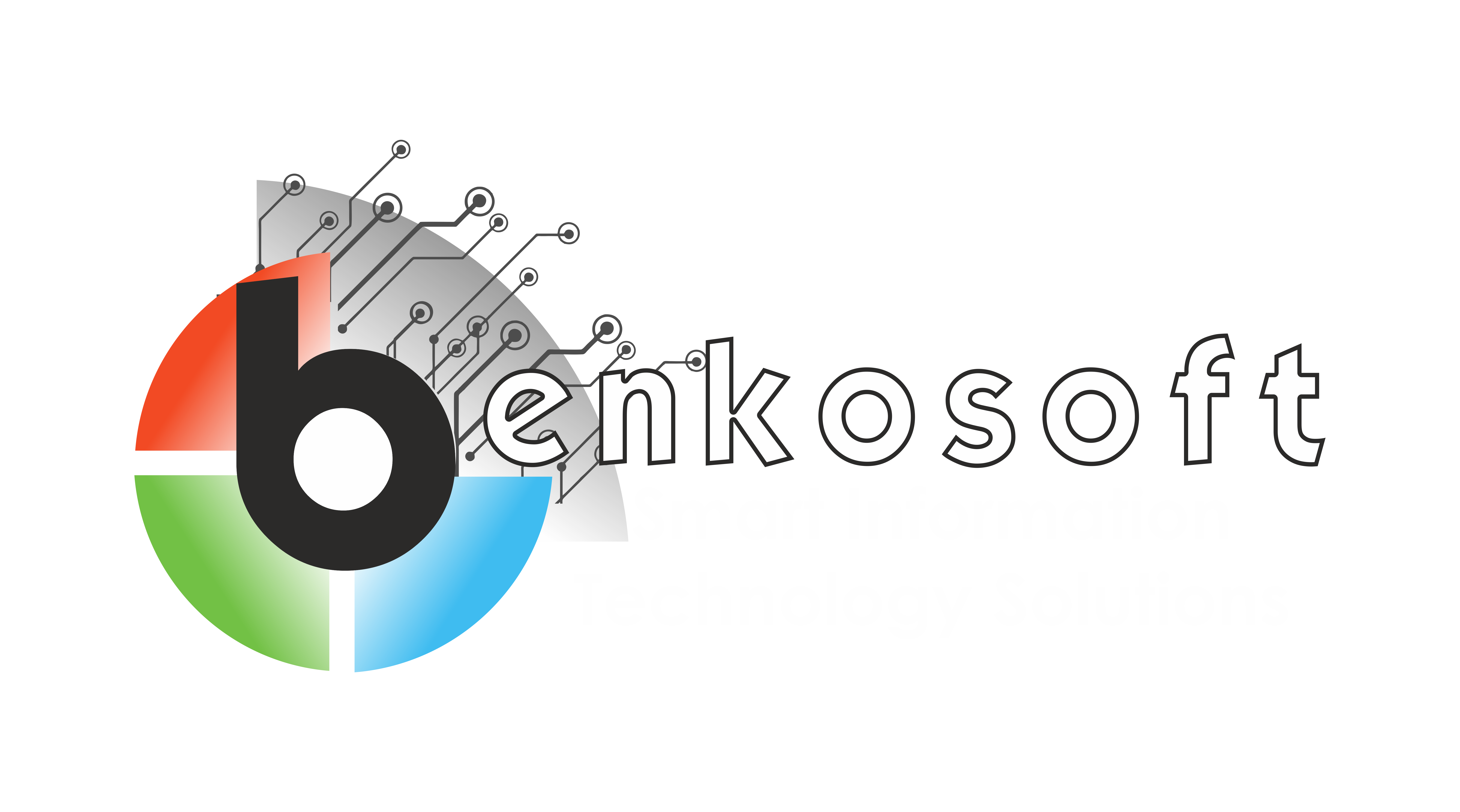Technologies
Apache MXNet
Apache MXNet (pronounced “mix-net”) is an open-source deep learning framework developed by the Apache Software Foundation. It is designed to be fast, scalable, and flexible, with a focus on both efficiency and ease of use. MXNet supports a wide range of programming languages, including Python, Scala, Julia, and R, making it accessible to a broad audience of developers and researchers.
One of the key features of MXNet is its support for both symbolic and imperative programming. This allows developers to define and manipulate neural network models using a symbolic API, which provides a high-level interface for building complex models. MXNet also supports imperative programming, which allows for more flexible and dynamic model construction and manipulation.
MXNet is known for its scalability and efficiency, particularly when running on multiple GPUs or across multiple machines. It uses a lightweight, dynamic computational graph that is optimized for both speed and memory efficiency. This makes MXNet well-suited for training large-scale deep learning models on distributed systems.
MXNet also provides a rich set of tools and libraries for building and training neural networks. It includes a variety of pre-built neural network layers, optimizers, and loss functions, as well as support for common deep learning techniques such as convolutional neural networks (CNNs), recurrent neural networks (RNNs), and deep reinforcement learning.
Another key feature of MXNet is its support for multiple platforms and deployment environments. MXNet can run on a variety of devices, including CPUs, GPUs, and specialized accelerators such as FPGAs and ASICs. It also supports deployment to cloud environments such as Amazon Web Services (AWS) and Microsoft Azure, as well as to mobile and edge devices.
Overall, Apache MXNet is a powerful and flexible deep learning framework that offers a range of features and capabilities for building and training neural networks. Its scalability, efficiency, and support for multiple platforms make it a popular choice among researchers and developers working on deep learning projects.

